TIL Archaea: Extreme Extremophiles and More
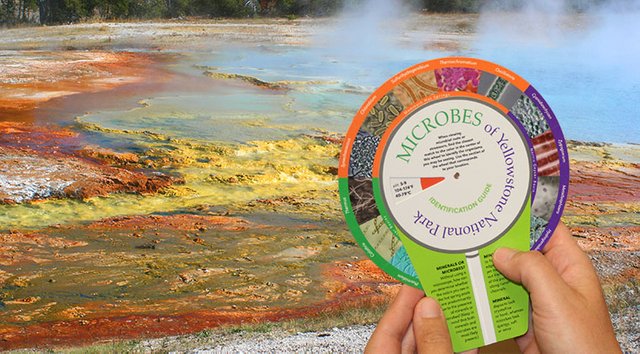

In my previous post on extremeophiles (adapted to live in extreme environments), I showed the picture of a Grand Prismatic Spring in Yellowstone National Park in Wyoming, USA. In this post I wanted to get a little deeper into what exactly was making these fantastic color, microorganisms called Archaea.
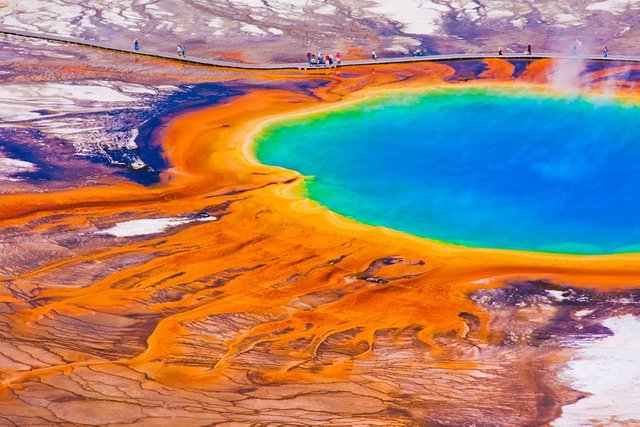

What Exactly Are Archaea?
Microbe's are broken down into two main groups;
- Eukaryotes: These microbes have a nucleus (and other parts) with membrane walls. Human, animal and plant cells are all a part of this group.
- Prokaryotes: This set of microbes have no defined or enclosed parts within the organism itself. Members of this group include Bacteria and Archaea.
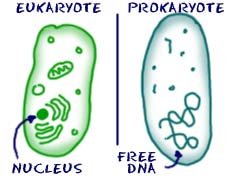
For a long time Archaea were classified as a bacteria (archaebacteria) but over time they were found to actually be their own set of microbes with unique properties that bacteria don't have.

Extremophile Nature
First I want to mention that not all Archaea are extremophiles, but the ones that are cover many extreme environments. My previous post touched on the Thermophile Archaea that had adapted to life in high temperatures (above 45 °C /113 °F) such as the hot springs in Yellowstone National Park.
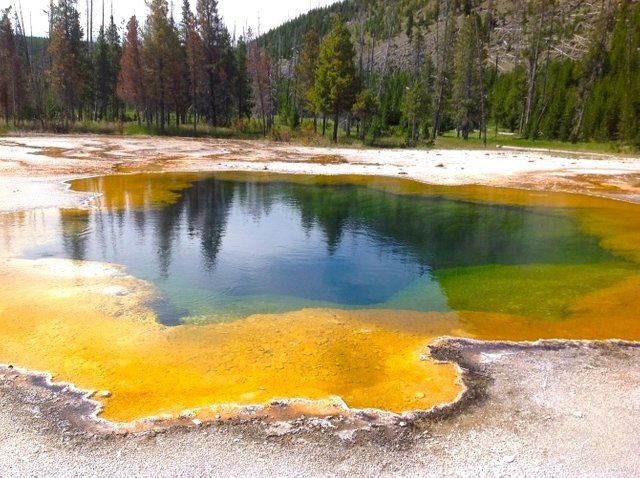
Archaea have also been found to live in extremely acidic (Acidophiles,) salt concentrated (Halophiles,) high alkaline/basic (Alkaliphiles) as well as believed to exist in extremely cold environments.
This resistance to extreme environments has made archaea the focus of speculation about the possible properties of extraterrestrial life.[158] Some extremophile habitats are not dissimilar to those on Mars, leading to the suggestion that viable microbes could be transferred between planets in meteorites.
-Source
Many of these are currently being researched, looking for new antibacterial medication, since they are able to live in close proximity to bacteria without being effected.

Uses and Why They Matter
Archaea play a role in cycling chemicals including nitrogen, sulfur and and carbon. While this is typically a normal activity within their environments which we find important, sometimes there are aspects humans may not like such as the byproduct of sulfuric acid in abandoned mines causing Acid Mine drainage.

Nitrogen Cycle
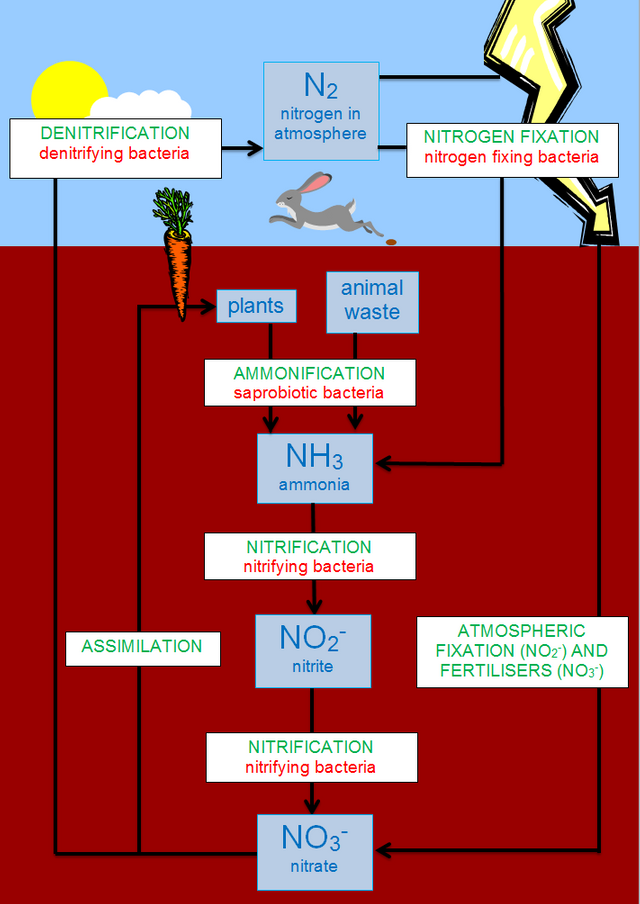

Sulfur Cycle
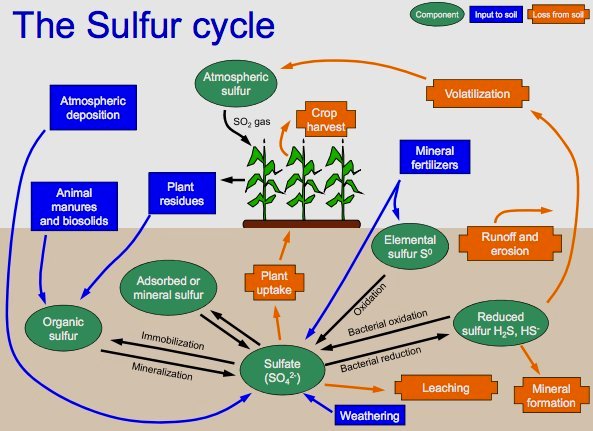

Carbon Cycle
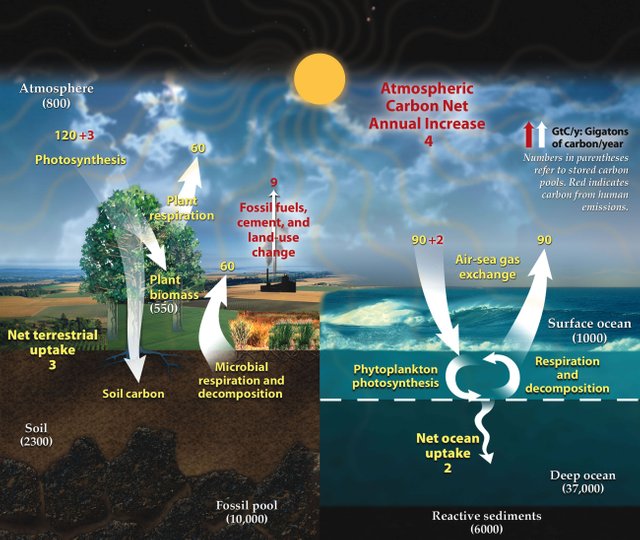
Archaea also play a Mutualistic role in helping larger life forms, break down and digest certain materials such as cellulose.
One well-understood example of mutualism is the interaction between protozoa and methanogenic archaea in the digestive tracts of animals that digest cellulose, such as ruminants and termites. In these anaerobic environments, protozoa break down plant cellulose to obtain energy. This process releases hydrogen as a waste product, but high levels of hydrogen reduce energy production. When methanogens convert hydrogen to methane, protozoa benefit from more energy.
-Source
The microbes are also found in the human gut aiding digestion, sometimes being beneficial (mutualism) and sometimes neither helping nor harming commensalism. So far no known archaea have been found to pathogenic (disease) or directly harmful to humans.
Other research is being performed on acidophilic archaea which display promise for the extraction of metals from ores, including gold, cobalt and copper. While archaea are everywhere around our planet, we are still finding the types that exist and research in many areas to see how they may be of benefit to us.


Are you new to Steemit and Looking for Answers? - Try https://www.steemithelp.net.


Image Sources:
Microbe Identifier
Prismatic Spring
Prokaryotes vs Eukaryotes
Morning Glory Hot Spring
Nitrogen Cycle
Sulfur Cycle
Carbon Cycle
[Join us on #steemSTEM]
A very nice blog post on the "third" domain of life that many do not even know exist. Archaea are fascinating lifeforms with many of the protein machines working inside, functioning in a way more similar to our Eukaryotic versions, then the ones found in Bacteria (which is surprising as from the outside perspective they look just like bacteria). Thank you for taking the time to put together this write up!
As a bonus, and in addition to resteeming for exposure. We are awarding you a small 5 Steem Power deposit as a thank you for creating quality STEM related postings on Steemit. We hope you will continue to educate us all!
TY! I'd barely heard of Archaea before, but really didn't have a great idea of how they were different from bacteria (remembering seeing the Archaebacteria term years back) let alone how widespread they are or the benefits they provide directly or hoped to discover through research. It was amazing how they haven't been found to cause any disease or harm to humans, animals or plants as well.
This was a really fun topic to research! :D
The formatting on your posts is so legit - I feel like an amateur when reading them. Nice work M'am!
Hehe, ty! Behold the power of a compass and square! Lol
That redirect link is like.. whoa
Hehe, I thought you'd enjoy that one.
Yay! Archaea love!
They definitely deserved their own post...it easily could've been waaaay longer! Lol
I wrote about them once before way back somewhere in my blog. I enjoyed studying them for the years I did :D